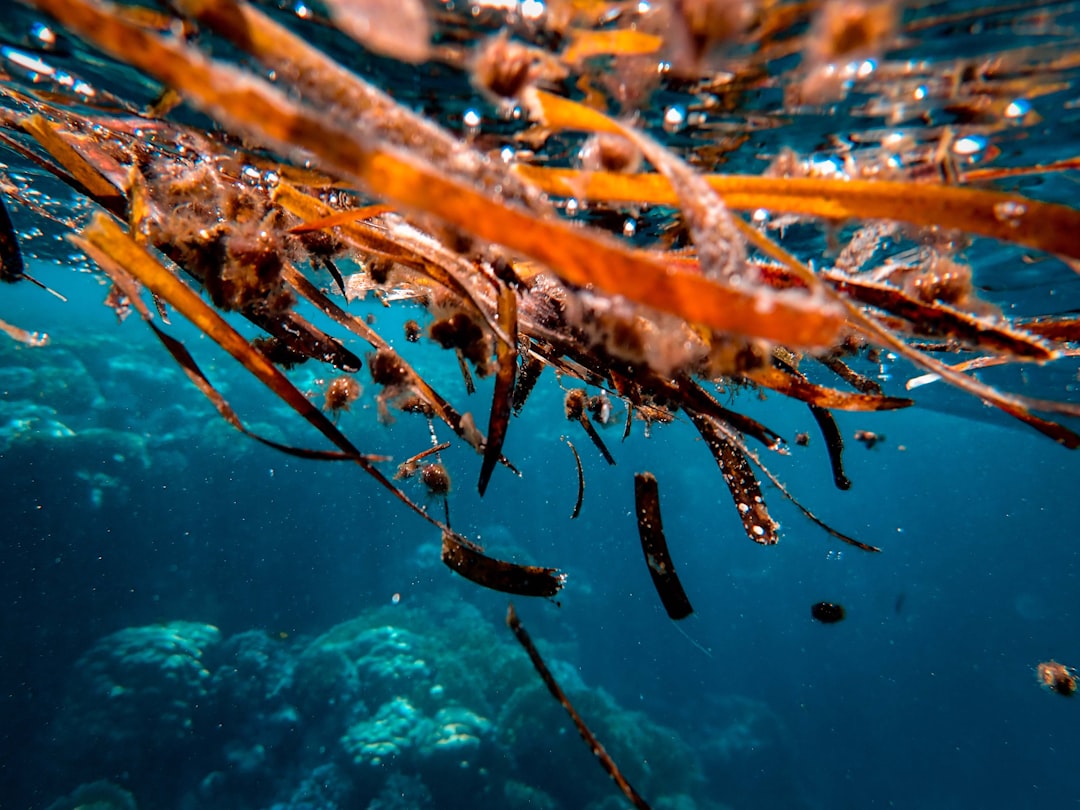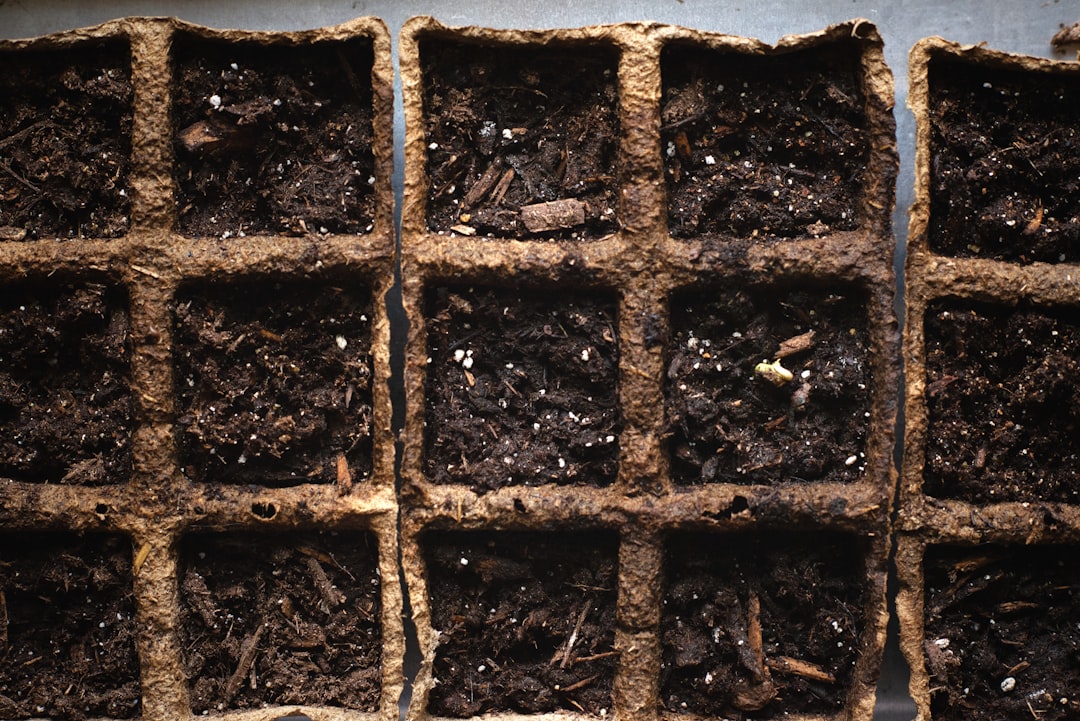What is it about?
We provide modelled distribution, and use the modelling to identify variables limiting the species range. We then use the modelled range and an estimate of density to calculate a population estimate.
Featured Image
Why is it important?
We can come up with wildly inaccurate or pessimistic scenarios if we don't have enough information on a species: in this case was it nearly extinct or actually really abundant? This information is required if we are to manage a species, and this is really important for endemic or range restricted species. But for rare and skulking species this information is hard to come by. Ultimately, in the case of the Hottentot Buttonquail, a fynbos endemic and one of the most rarely reported species for Southern Africa's Bird Atlas Project, we found that the population is 'okay' - certainly more than 250 individuals, but certainly not the most common bird in the fynbos by a long shot. However, it does prefer the habitat that is flat and most accessible: so has likely undergone large population declines and is still under threat from further habitat loss.
Perspectives
I've often described the field work to do this project as Mission Impossible number 3. When Dale Wright asked me to estimate how much it would cost to do this project, I estimated R 300 000 - we'd need a team of people for flush surveys, we'd need to feed, home and transport, and likely pay them. Dale then obtained R30 k (10%) of what we needed through Anthon Odendaal and BirdLife Overberg. With that we decided we would do what we could anyway, and as a result further bird clubs pitched in too: Tyberberg Bird Club, Lakes Bird Club, Club 300 among them. And CapeNature and Eastern Cape Parks contributed the necessary man power for flush surveys, together with volunteers from all walks of life. Never the less, it wasn't easy going: we'd survey >100km before we found our first buttonquail! On the flip side, this was also one of the most frustrating publications I've had to deal with. The original submission was originally formatted for Bird Conservation International as an all in one conservation paper and submitted in early 2016. It was rejected after sitting in peer review for about half a year: despite being the first paper to provide foundational information on a species no one knew absolutely anything about at the time. I then had to split out the habitat association information (published timeously in Ostrich); and restrict analysis using the MaxEnt method. Ultimately, apart from fiddling with methodology, there were few major changes in insights that weren't there in the original submission. What should have been a straight forward paper was thus a stressful undertaking stretched out over 2 years. Encountering Hottentot Buttonquails in the field are still a special event for me. There still remains much work to be done on this species. The first species to be caught, ringed and released only happened in 2016. It is likely the bird move in response to changes in habitat variables, but how, where, when and why still needs to be described and explained. So if you're interested in doing some research on this species, please get in touch!
Dr Alan Tristram Kenneth Lee
University of Cape Town
Read the Original
This page is a summary of: Hottentot Buttonquail Turnix hottentottus: Endangered or just overlooked?, Bird Conservation International, April 2018, Cambridge University Press,
DOI: 10.1017/s0959270918000059.
You can read the full text:
Resources
Contributors
The following have contributed to this page










